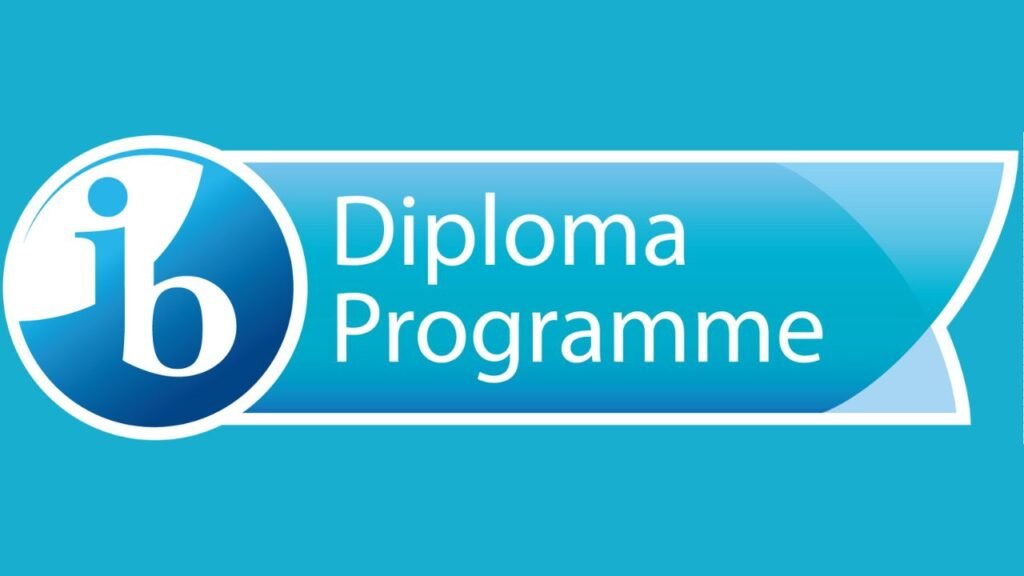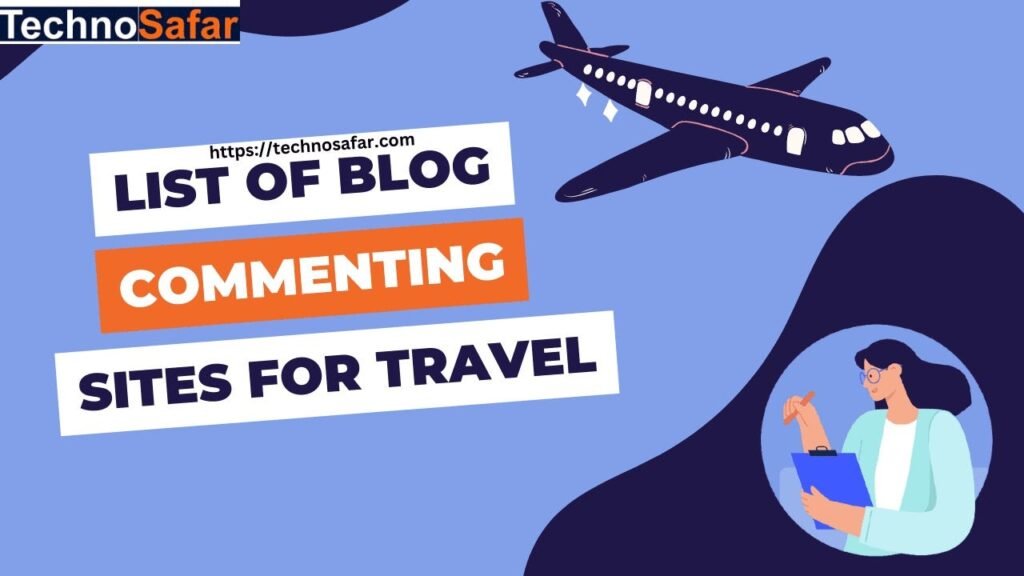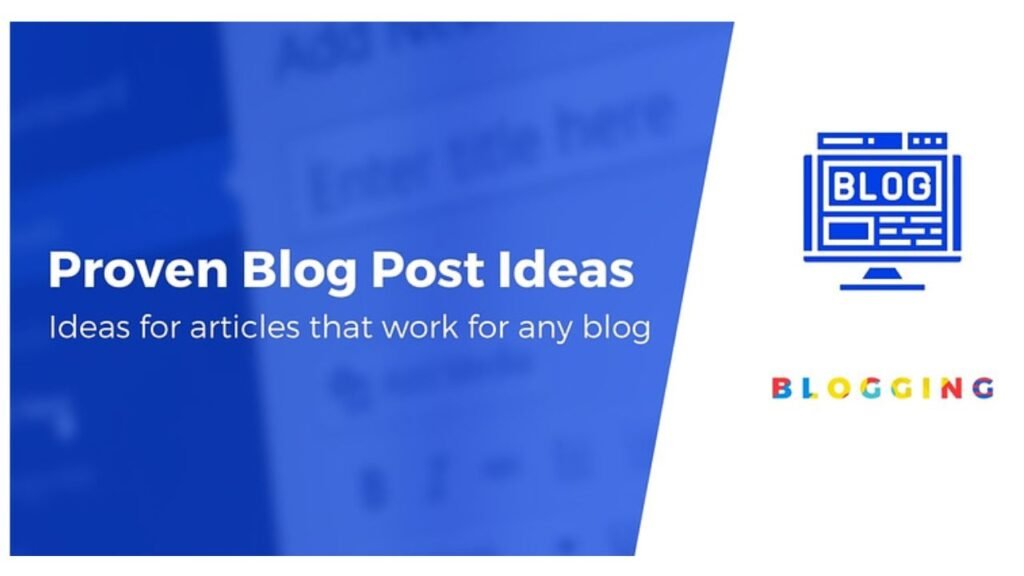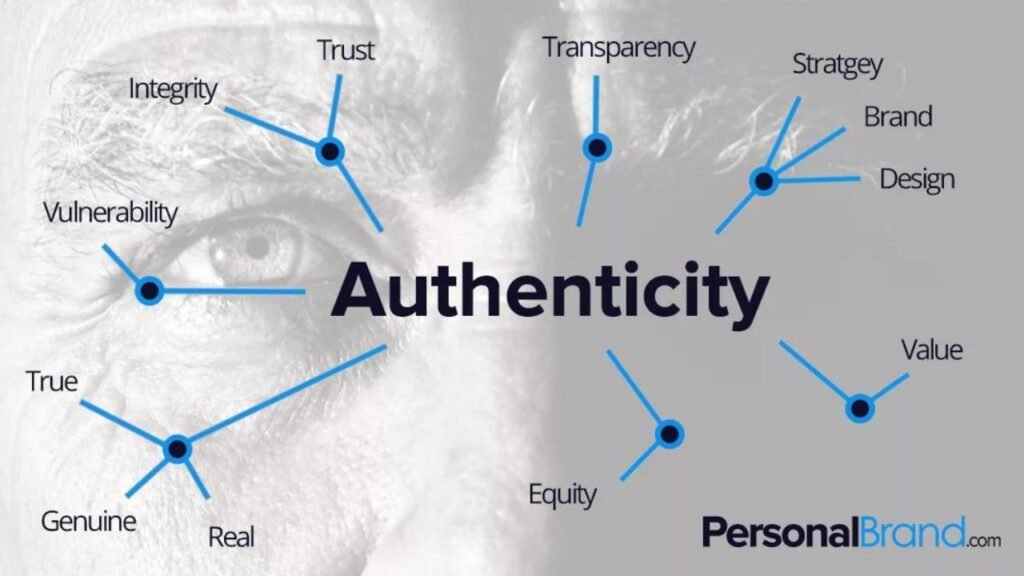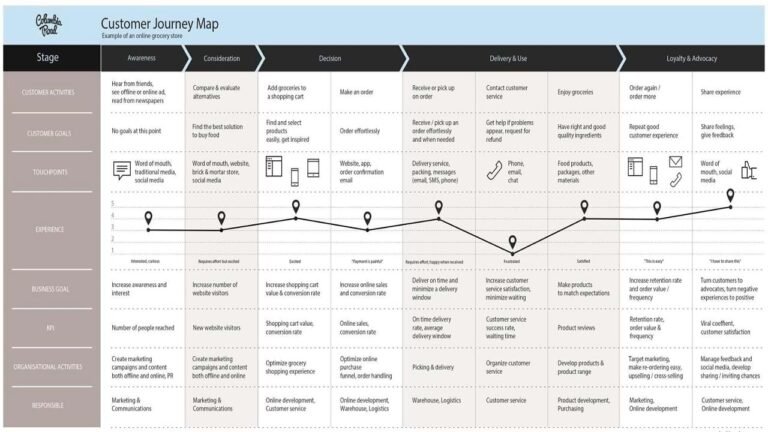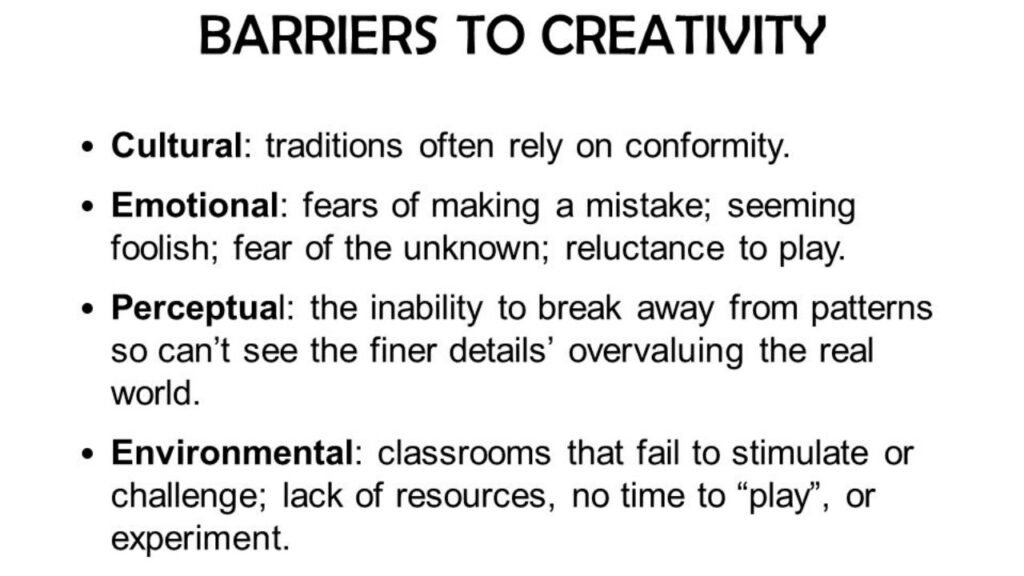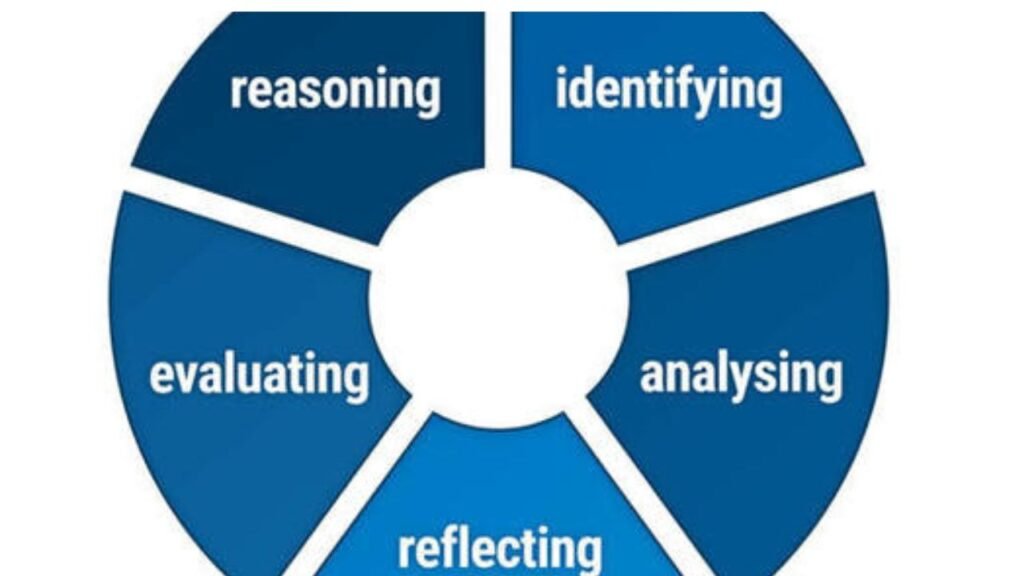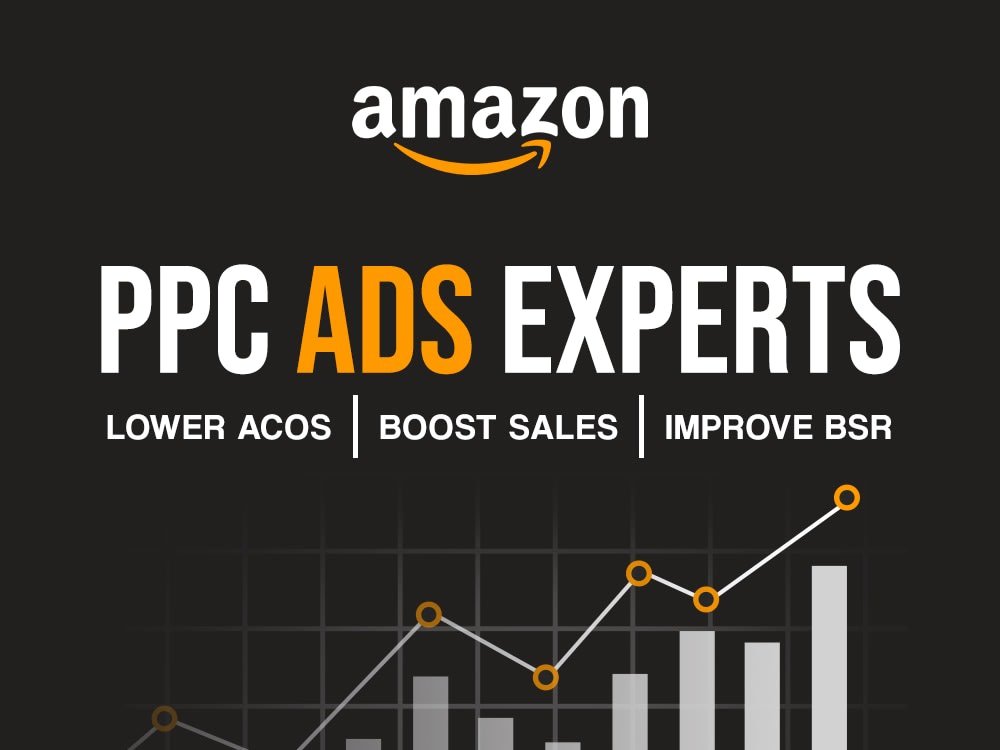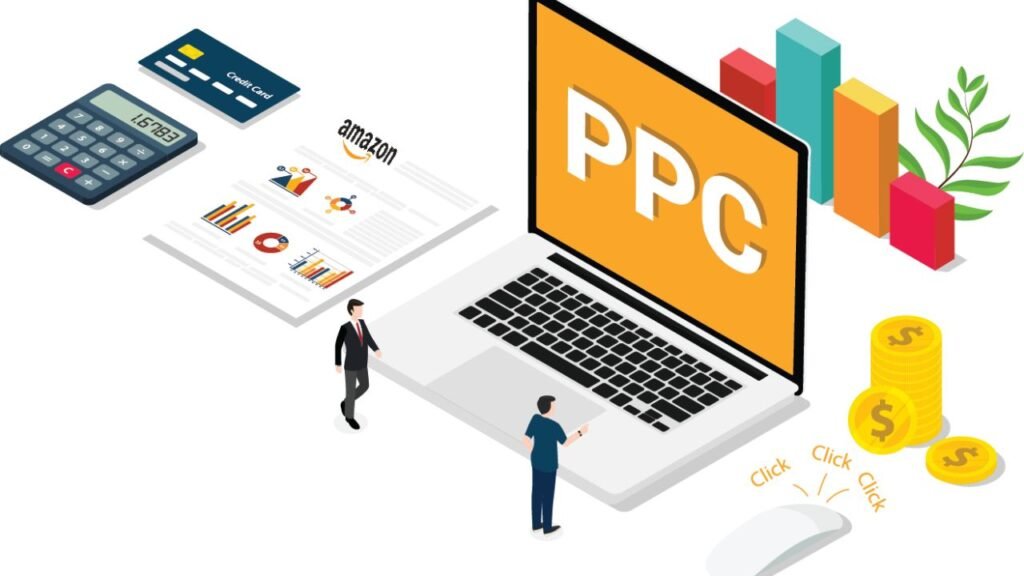US classified sites serve as virtual marketplaces, connecting buyers and sellers nationwide. Their main features include various categories, such as real estate, jobs, vehicles, and merchandise, catering to diverse needs. These platforms offer increased visibility, allowing advertisers to reach a vast audience and target specific demographics.
With cost-effective advertising options, businesses of all sizes can promote their products or services without breaking the bank. Additionally, users benefit from the convenience of online transactions and the ability to search for local listings easily. Overall, US classifieds sites provide a valuable platform for buying, selling, and advertising various goods and services in a user-friendly and accessible manner.

US Classifieds Sites
US classified sites revolutionize online advertising by offering a virtual marketplace for individuals and businesses to buy, sell, or trade goods and services. These platforms provide diverse categories, including real estate, jobs, vehicles, and more, catering to a broad audience.
With millions of users accessing these sites daily, they offer unparalleled visibility and reach. Whether you’re looking for a new job, a place to live, or a vintage collectible, US classifieds sites provide a convenient and accessible platform to fulfill your needs.
The Importance of Classified Sites
Classified sites hold immense significance in modern marketing strategies due to their cost-effectiveness and wide audience reach. These platforms offer businesses and individuals a convenient way to advertise products and services, regardless of budget constraints.
By providing targeted advertising opportunities, classified sites enable advertisers to connect with specific demographics and geographic locations, maximizing the chances of reaching potential customers. Moreover, classified sites facilitate seamless transactions and foster community engagement, enhancing user experience.
In essence, classified sites are important because they can democratize advertising, making it accessible to businesses of all sizes and empowering consumers with diverse options.
Types of Classified Sites
General Classifieds
General classified sites are versatile platforms for buying and selling various goods and services. They feature diverse categories such as real estate, jobs, vehicles, personals, and merchandise, catering to various needs and interests.
These sites attract a large and diverse audience, making them ideal for reaching potential customers from different demographics and geographic locations. Examples of popular general classifieds sites include Craigslist and Oodle, offering users a convenient and accessible way to connect with buyers and sellers nationwide.
Niche Classified Sites
Niche classified sites specialize in specific industries or interests, providing targeted advertising opportunities for businesses within specialized markets. These platforms focus on categories such as automotive, real estate, pets, or job listings, catering to niche audiences with specific needs and preferences.
By offering a more focused approach to advertising, niche classified sites allow businesses to reach highly relevant and engaged audiences interested in particular products or services. Examples of niche classified sites include AutoTrader for automotive listings, Zillow for real estate, and Monster for job postings, offering tailored solutions for users seeking niche-specific information and transactions.

Benefits of Using US-Classified Sites
Increased Visibility
Using US classified sites increases businesses’ visibility to a wide audience, enhancing their exposure and potential for reaching prospective customers. These platforms attract millions of users daily, ensuring advertisements receive ample exposure and visibility. By leveraging the expansive reach of classified sites, businesses can effectively promote their products or services to a diverse audience, ultimately driving traffic and boosting sales.
Targeted Audience
One of the key benefits of using US classified sites is the ability to target specific audiences effectively. These platforms offer advanced targeting options, allowing advertisers to tailor their ads to reach the most relevant demographic groups based on location, interests, and behavior.
By reaching a targeted audience, businesses can increase the likelihood of engaging potential customers genuinely interested in their products or services, leading to higher conversion rates and improved ROI.
Cost-Effective Advertising
US classified sites offer cost-effective advertising solutions for businesses of all sizes. Compared to traditional advertising methods like print or television ads, classified sites typically have lower costs and sometimes even offer free ad posting options.
This affordability enables businesses to allocate their marketing budgets more efficiently, maximizing their return on investment (ROI). By choosing classified sites for advertising, businesses can reach a wide audience without overspending, making it a cost-effective option for promoting products or services.
Top US Classified Sites
Craigslist
Craigslist is a cornerstone among the leading US classified sites, boasting an extensive range of categories and a user-friendly interface. With millions of listings spanning diverse sectors like jobs, housing, merchandise, services, and community engagements, Craigslist attracts a wide audience.
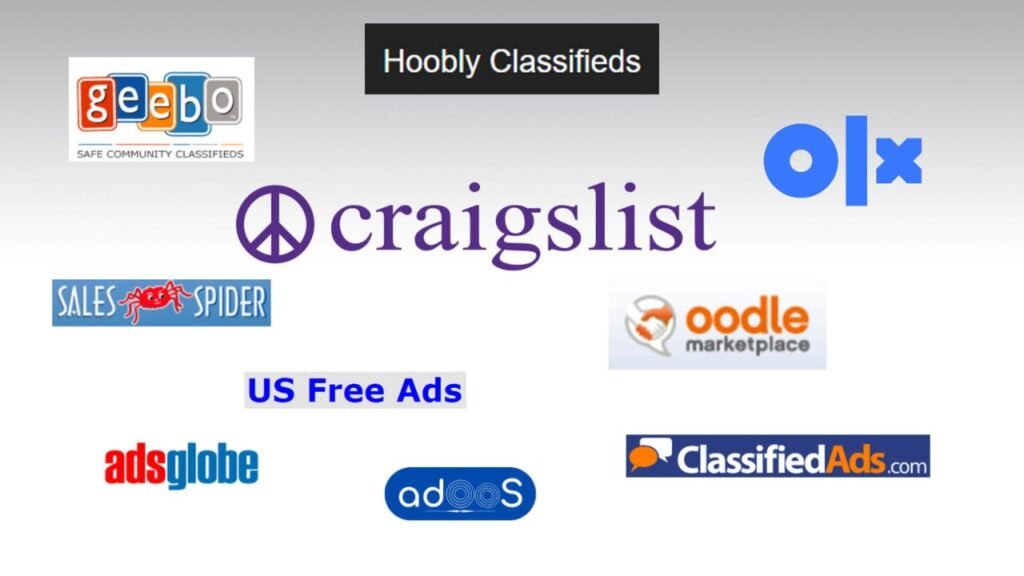
Craigslist’s simplistic design and widespread recognition make it a favored platform for buyers and sellers, fostering countless transactions and connections nationwide. The site’s enduring popularity underscores its effectiveness as a go-to destination for fulfilling various needs and facilitating seamless exchanges within local communities.
Backpage
Backpage, a prominent player among top US classified sites, offers a comprehensive range of categories catering to diverse needs. Despite past controversies, Backpage remains a favored platform for users seeking listings in personals, jobs, and real estate. Its robust presence and extensive reach make it a go-to destination for individuals and businesses, facilitating connections and transactions across various sectors within the United States.
eBay Classifieds
eBay Classifieds, formerly known as Kijiji, ranks among the top US classifieds sites. It provides a local platform for buying and selling goods and services. With categories ranging from pets to vehicles and home services, eBay Classifieds offers users diverse listings to explore.
Leveraging eBay’s reputation and infrastructure, this platform ensures a seamless and secure user experience, making it a trusted destination for individuals and businesses seeking to engage in local transactions.
Geebo
Geebo emerges as a prominent contender among the top US classified sites, prioritizing safety and security in its operations. Offering categories such as jobs, vehicles, real estate, and merchandise, Geebo provides users with a trustworthy platform for buying and selling goods and services. Its commitment to ensuring a safe and reliable transaction environment makes Geebo a preferred choice for individuals and businesses seeking to engage in online commerce within the United States.
Oodle
Oodle is a prominent figure among the top US classified sites, renowned for its aggregation of listings from various sources, including local newspapers and classified sites. With categories spanning rentals, pets, vehicles, and merchandise, Oodle offers users a comprehensive platform for exploring diverse listings.
Its ability to consolidate listings from multiple sources enhances user convenience, making Oodle a favored destination for individuals seeking to buy or sell products and services within the United States.
How to Use US-Classified Sites Effectively
To maximize the effectiveness of classified sites, advertisers should follow these best practices:
Create Compelling Listings
Creating compelling listings is essential for effectively using US classifieds sites. Craft descriptions that highlight your products or services’ unique features and benefits. Use engaging language and include relevant details such as pricing, specifications, and contact information.
Incorporating high-quality images can also attract more attention to your listings. By making your listings informative and visually appealing, you increase the likelihood of capturing the interest of potential buyers and driving sales.
Use Keywords Wisely
To use US classifieds sites effectively, utilize keywords strategically in your listings. Research and incorporate relevant keywords that potential buyers will likely use when searching for products or services like yours.
By optimizing your listings with the right keywords, you improve their visibility in search results, making it easier for interested users to find and engage with your ads. This increases the likelihood of attracting qualified leads and driving conversions.
Regularly Update Listings
Regularly updating your listings is crucial for maximizing the effectiveness of US classifieds sites. Keep your ads fresh and relevant by updating them with new information, inventory, or pricing.
By regularly refreshing your listings, you maintain their visibility in search results and demonstrate to potential buyers that your offerings are up-to-date. This proactive approach increases the chances of attracting interested users and driving conversions for your products or services.

Tips for Success on US Classified Sites
Include High-Quality Images
Including high-quality images is essential for success on US classifieds sites. Visuals play a significant role in attracting attention and enticing potential buyers. Ensure your images are clear and well-lit, and showcase your products or services from multiple angles.
High-quality images make your listings more visually appealing and instill confidence in potential buyers, increasing the likelihood of inquiries and purchases.
Provide Detailed Descriptions
Providing detailed descriptions is key to success on US classifieds sites. Be thorough and informative in your ad descriptions, highlighting key features and benefits of your products or services. Include details such as size, color, condition, and special attributes.
By providing comprehensive information, you help potential buyers make informed decisions and build trust in your offerings, increasing the likelihood of successful transactions and positive feedback.
Respond Promptly to Inquiries
Responding promptly to inquiries is crucial for success on US classifieds sites. Be proactive in addressing questions and requests from potential buyers, providing timely and helpful responses.
Prompt communication demonstrates professionalism and fosters trust and credibility with potential customers. By engaging with inquiries promptly, you increase the likelihood of closing sales and building positive relationships with buyers, ultimately enhancing your reputation and success on the platform.
Common Mistakes to Avoid on US-Classified Sites
Overposting of US classified sites
Overposting is a common mistake to avoid on US classified sites. Posting the same ad multiple times or excessively can annoy users and dilute the effectiveness of your listings. Instead, focus on creating high-quality, targeted ads and adhere to the platform’s posting guidelines. By avoiding overposting, you maintain a positive reputation and ensure your listings receive the attention they deserve.
Ignoring Community Guidelines US classified sites
Ignoring community guidelines is a critical mistake to avoid on US classifieds sites. Each platform has specific rules and regulations governing user behavior and content posting. Adherence to these guidelines can result in your ads being removed or your account being suspended.
To maintain a positive reputation and avoid penalties, it’s essential to familiarize yourself with each site’s community guidelines and ensure that your listings comply with their rules.
Neglecting to Monitor Listings of US classified sites
Neglecting to monitor listings is a common mistake to avoid on US classifieds sites. Failing to check and update your ads regularly can result in missed opportunities or unresolved issues with potential buyers.
By actively monitoring your listings, you can promptly respond to inquiries, address any concerns, and ensure that your ads remain accurate and up-to-date. This proactive approach helps maintain a positive user experience and maximizes the effectiveness of your listings on the platform.
Future Trends in US Classified Sites
Anticipating future trends is crucial for staying ahead on US classifieds sites. As technology evolves, we can expect innovations such as enhanced targeting capabilities, improved user experiences, and integration with emerging technologies like artificial intelligence and augmented reality.
By keeping abreast of these developments, businesses can adapt their strategies to leverage new features and functionalities, ensuring continued success and relevance in the ever-changing landscape of online classifieds.
Conclusion
US classified sites are pivotal in digital marketing, offering businesses and individuals a cost-effective and efficient platform to buy, sell, or trade goods and services. With their broad reach, targeted advertising options, and user-friendly interfaces, these platforms facilitate seamless transactions and connections across diverse industries and interests. By leveraging the benefits of US classified sites, users can effectively reach their target audience, drive sales, and foster community engagement within local and national markets.
FAQ
Are US Classified Sites Only for Buying and Selling Goods?
While buying and selling goods is a common use case for classified sites, they can also be used for posting job listings, renting properties, promoting services, and more.
Do I Need an Account to Post Ads on US Classified Sites?
Many classified sites allow users to post ads without creating an account. However, creating an account may provide additional benefits, such as more easily managing and editing your listings.
Are There Any Costs Associated With Using US Classified Sites?
Some classified sites offer free ad posting, while others may charge a fee for certain categories or premium features. Before posting ads, it is essential to review each platform’s pricing structure.
How Can I Ensure My Ads Stand Out on US Classified Sites?
To make your ads stand out, focus on creating compelling titles and descriptions, using high-quality images, and targeting your ads to the most relevant audience.
What Should I Do if My Ad Receives Negative Feedback or Complaints?
If you receive negative feedback or complaints about your ad, address them promptly and professionally. Take steps to resolve any issues and maintain a positive reputation on the classifieds site.







